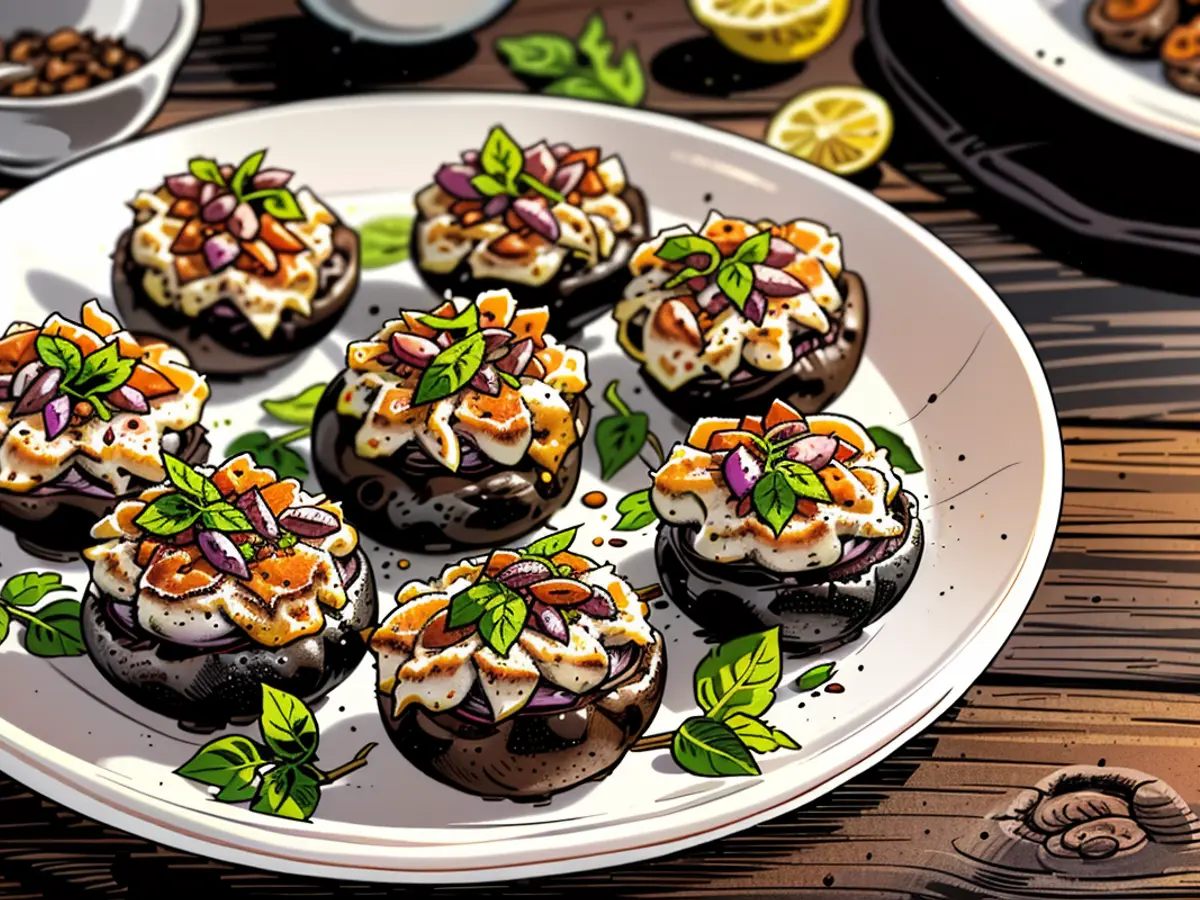aperitif - Hugo, Espresso Martini and Aperol Spritz: Summer Drink Trends over Time
Beer gardens and café terraces are considered summer places par excellence. Summer, for many, is going outside to drink – for example, apple shrub, rhubarb shrub, cold beer or a beer-lemonade mixture, which – depending on the region – may be called Radler or Alster. Many also choose, if there is no Gin Tonic, no cocktail, no wine or no wine shrub, alcohol-free beer.
Every year, there is talk of the new trendy summer drink, the hip new beverage. Since Aperol has become so popular as a Spritz (the Italian bitter orange-rhubarb-herb liqueur with Prosecco and mineral water), its alleged successors are often called out.
Searching for followers of Aperol Spritz
"Bye, Aperol and Hugo: Sarti Spritz is the new trendy drink for the hot season," wrote "Bunte" about Sarti, a blood orange-mango-passion fruit liqueur. "Friend" recommended mixing an alcohol-free Aperol Spritz substitute (with ginger ale, San Bitter and orange juice). And "Elle" recommended Zitronen-Ingwer-Spritz.
"Harper's Bazaar" predicted a breakthrough for Crystal Razz (raspberry-rosemary liqueur with lemon limonade). The "New York Times" recently recommended the Spanish summer red wine (Tinto de Verano; wine with lemon limonade), without which it is not a real summer. Some stores and establishments are advertising Green Spritz, whose base is the bright green, sweet-spicy herb liqueur P31 from Padua.
Every season seems to have its trendy drink – or wants to. Recently, there were hypes about Espresso Martini and Lillet Wild Berry. Some drinks even get songs dedicated to them. For example, think of "Wildberry Lillet" by Nina Chuba (2022) or "Piña Colada" by Schlager band Wind (1989).
"For this terrace season, some have predicted a big trend for Limoncello Spritz," says Nils Wrage, editor-in-chief of the mixology magazine "Barkultur". "But if I look at the outdoor areas of bars and cafes in the last few weeks, I don't see much of it." Instead, Aperol Spritz remains very trendy.
"He offers a lot that appeals to the mass taste, and I don't mean that in a bad way," says Wrage. "It's spritzy, stimulatingly bitter, brings enough sweetness with it, and is simply a classic summer refresher." In the USA, Aperol Spritz is just starting to take off. Although Aperol Spritz is usually perceived as a lighter drink, it plays in the league of a Gin & Tonic or Moscow Mule in terms of alcohol content. And it is sometimes a victim of the Caipirinha Syndrome. That is, "A principally good drink is ruined with inferior ingredients."
Trend towards alcohol-free beer in Germany
Meanwhile, in beer-loving Germany, there is a trend towards alcohol-free beer in the hot season. "We estimate that soon one in ten beers brewed in Germany will be alcohol-free," says Holger Eichele, managing director of the German Brewers' Association. This market has great potential, he adds.
In the past, the fermentation of alcohol-free beer was often stopped after a certain time, which left a lot of residual sweetness in the beer. Today, alcohol-free beer tastes authentic, if you want it to, because the beer is allowed to ferment completely and the alcohol is removed using more expensive methods such as reverse osmosis, dialysis or vacuum distillation.
Alongside varieties such as Pils, Weizenbeer or Radler, more and more regional specialties like Kölsch and Alt or beer types like India Pale Ale are being brewed as alcohol-free versions, according to Eichele. These are now considered lifestyle beverages. "Alcohol-free beer is no longer seen as a substitute but as a refreshing alternative. Many alcohol-free beers are mineralistic and isotonic, allowing the body to easily absorb and utilize the nutrients - a benefit that athletes particularly value," Eichele states.
"Mixology"-Editor-in-Chief Nils Wrage sometimes finds this marketing a little overzealous, even absurd. "The good ingredients in all their glory, but alcohol-free beer should be enjoyed as a pleasure item – not as a Gatorade substitute," Wrage states.
However, Wrage finds it "nice" that many small, young breweries are now offering varieties like Pale Ale alcohol-free. "Alcohol-free beer is evolving from a solution to a standalone segment, giving consumers a lot of freedom," Wrage adds. Another trend, according to him, is "Session" beers. "The English term refers to beers that are brewed with less alcohol but still aromatic, rich and complex. Perfect for longer sessions, during which one gladly drinks a few more glasses without feeling the full alcoholic impact."
The article mentions that Aperol Spritz, a popular summer drink in Italy, has been gaining traction in Germany, with publications like "Bunte" and "Elle" recommending Aperol Spritz substitutes and raspberry-rosemary liqueur as potential trendy drinks.
Amidst the discussion of trendy drinks, the text also touches upon the growing trend of alcohol-free beer in Germany. Holger Eichele, managing director of the German Brewers' Association, predicts that one in ten beers brewed in Germany will soon be alcohol-free, and highlights the potential of this market.
Combining these two trends, one could imagine headlines like "Aperol Spritz and Alcohol-Free Beer Dominate Top-News in German Summer Drink Headlines," or "Germany's Summer Drink Trends: Aperol Spritz Competitors and the Rise of Alcohol-Free Beer."








